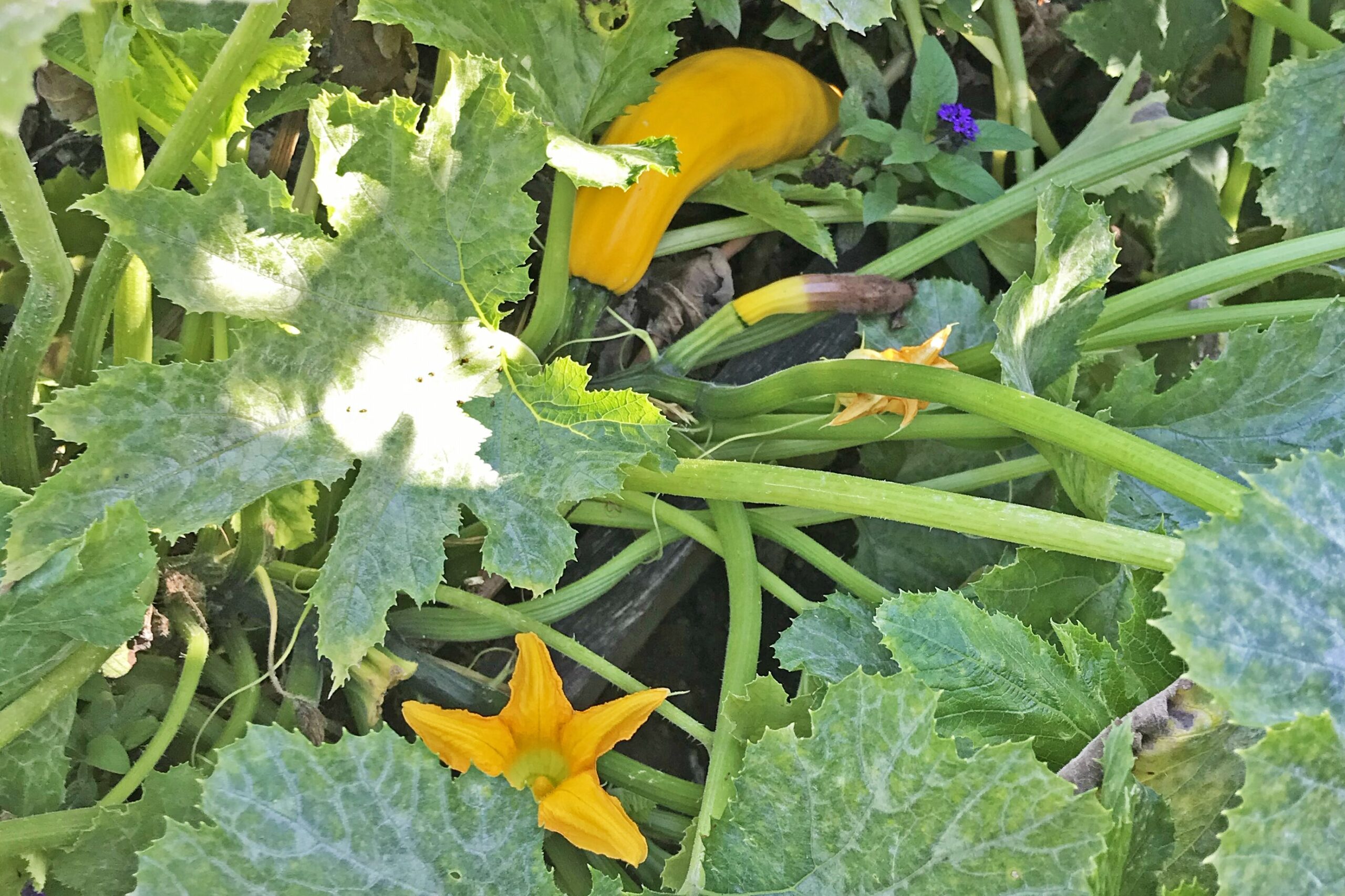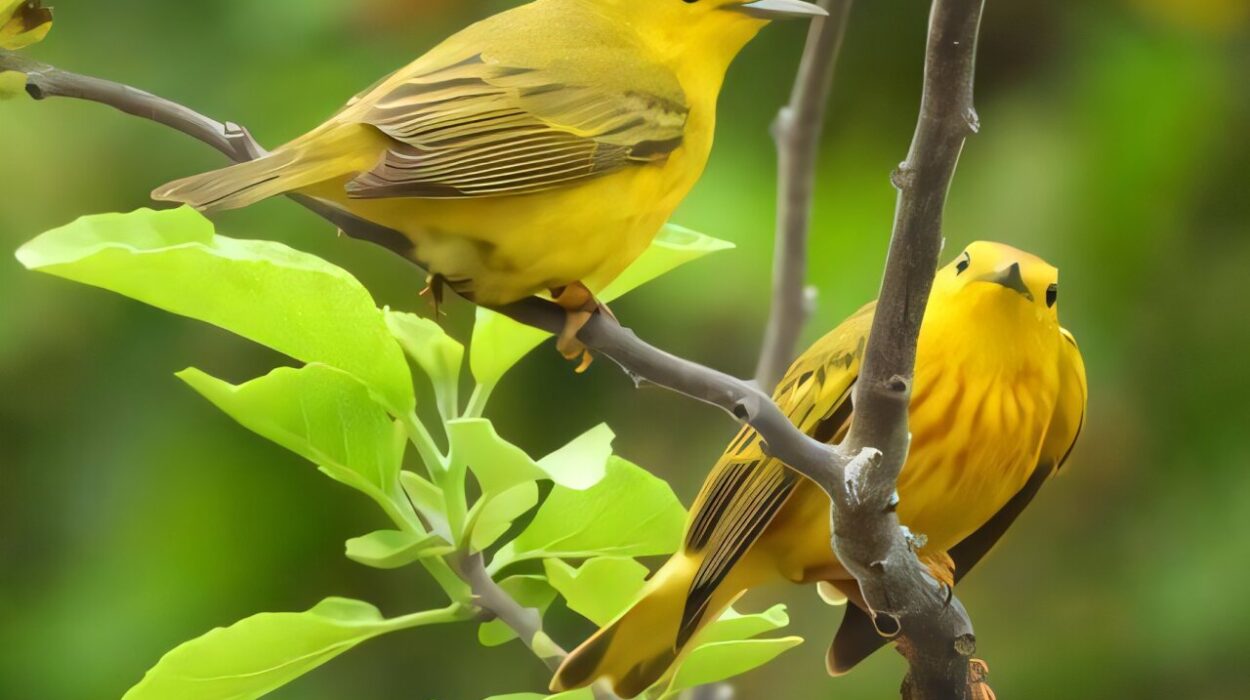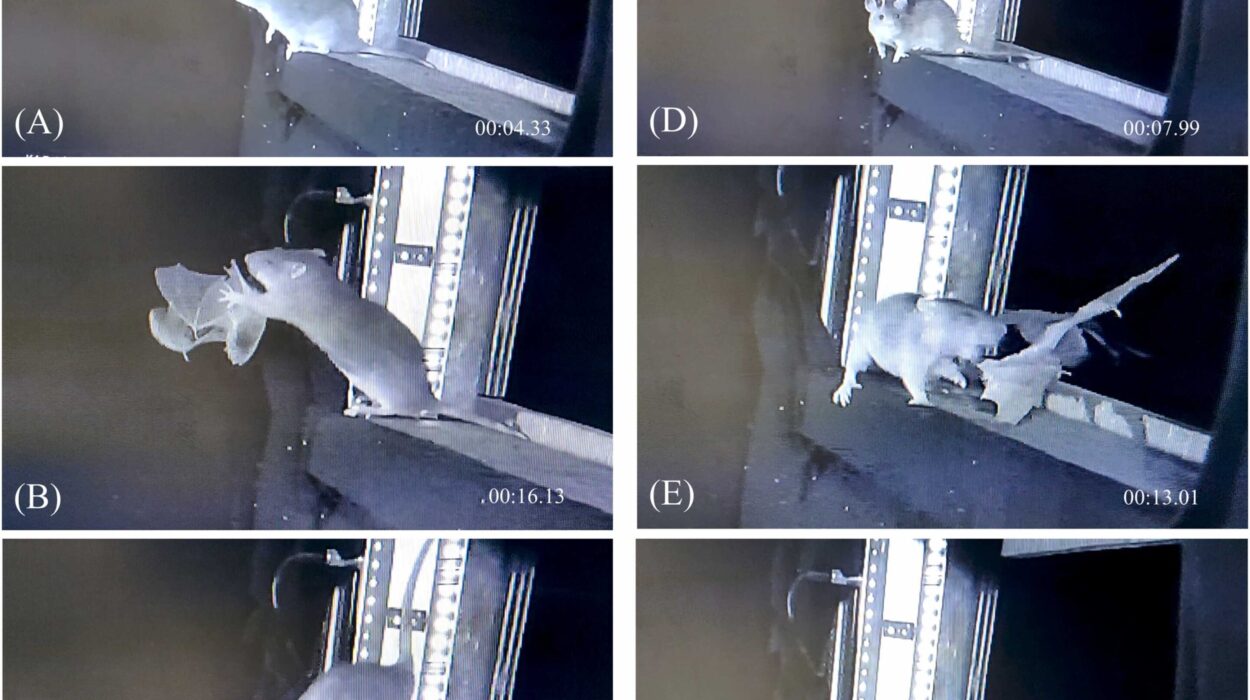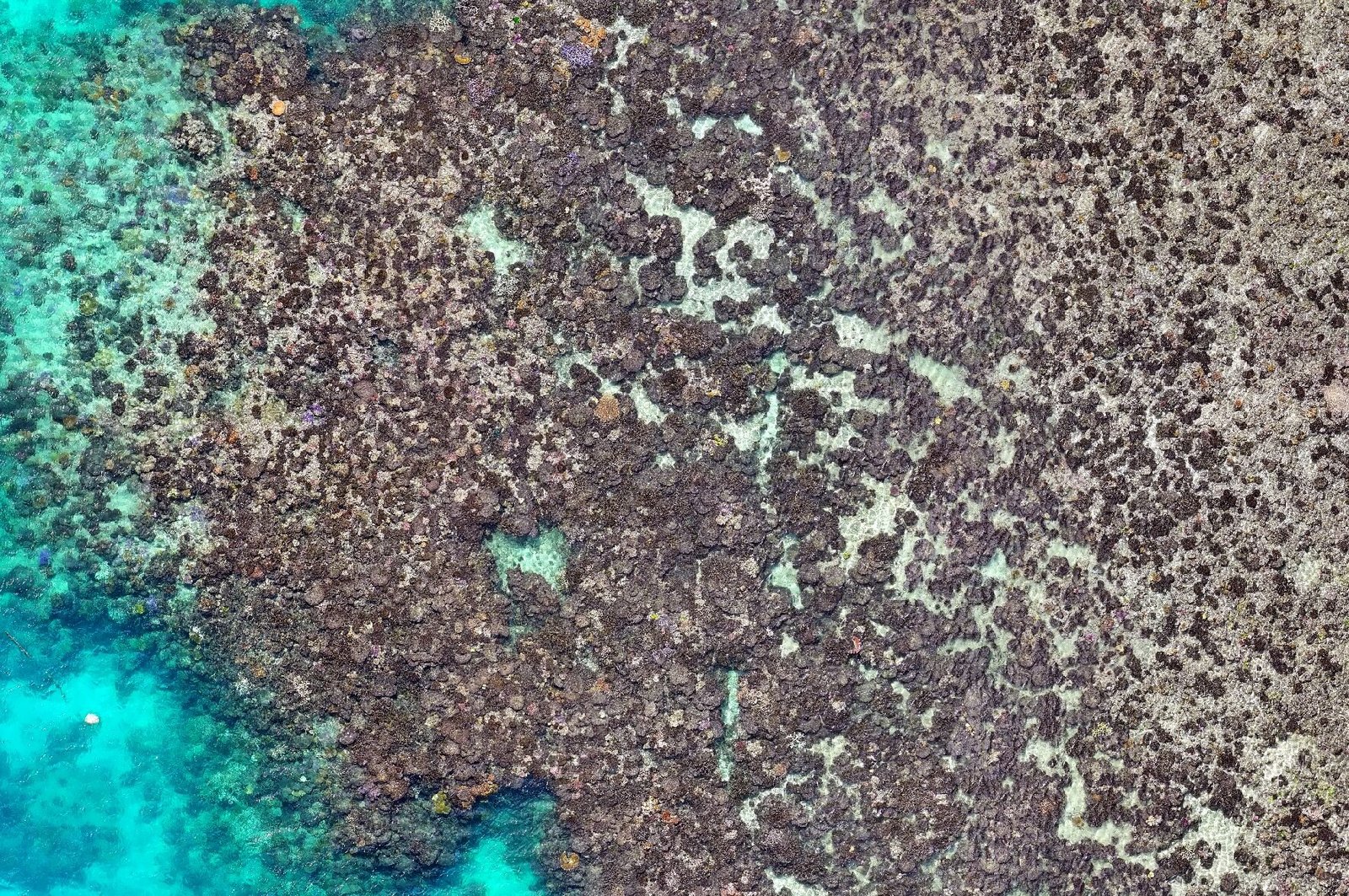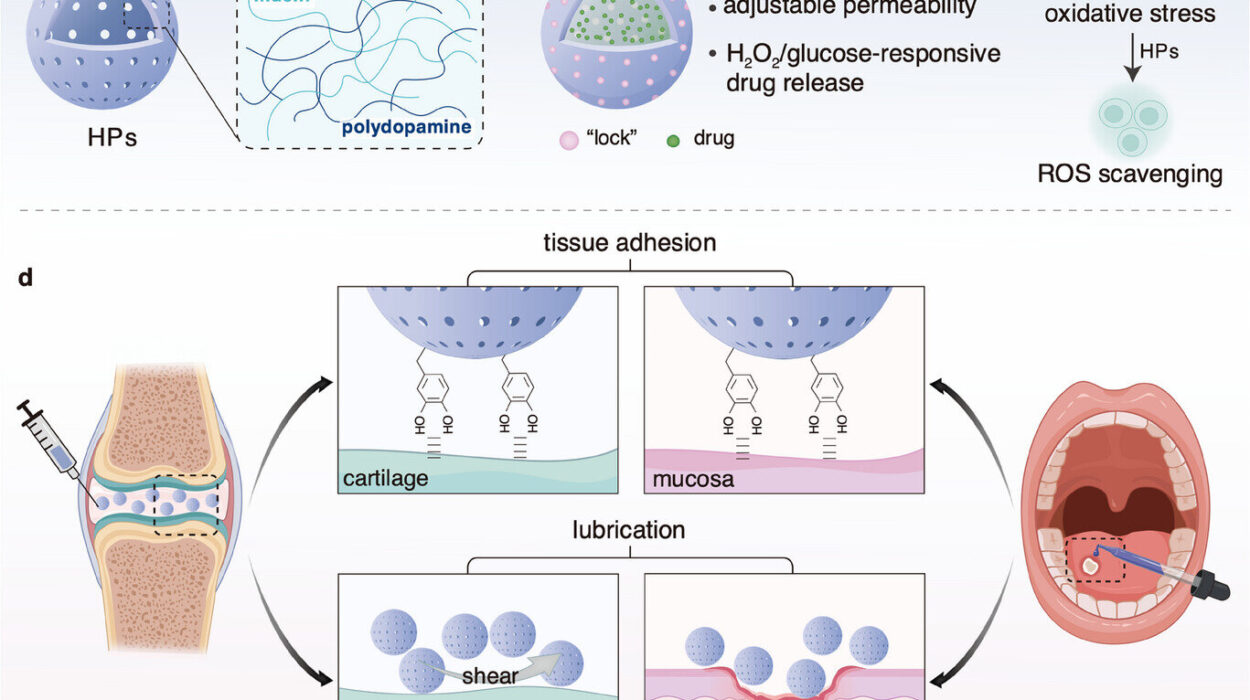Pumpkins, zucchini, and their colorful gourd relatives have long been symbols of harvest and nourishment. Yet beneath their cheerful appearance lies an unsettling truth: these plants are unusually good at absorbing toxic pollutants from the soil—so good, in fact, that they can sometimes bring dangerous chemicals straight into our kitchens. Now, a team of researchers from Kobe University in Japan has uncovered the secret behind this strange ability, paving the way for safer food and even a new way to heal polluted lands.
When Nature’s Harvest Turns Harmful
For years, agricultural scientists have known that members of the gourd family—pumpkins, squash, cucumbers, and melons—tend to accumulate pollutants in their edible parts. These pollutants include persistent organic chemicals such as polychlorinated biphenyls (PCBs) and dioxins, which were widely used in industrial processes before being banned in many countries. Despite no longer being manufactured, these toxins linger in the environment for decades, seeping into soil and posing serious health risks.
What makes this accumulation particularly worrying is that other plants grown in the same soil do not show the same tendency. Most crops, such as wheat or tomatoes, either block or break down pollutants before they reach the fruit. But for reasons long unknown, gourds act as unintentional sponges, drawing contaminants up from the earth into their flesh.
Kobe University agricultural scientist Dr. Hideyuki Inui has spent years trying to answer one question: why? “The pollutants don’t easily break down and thus pose a health risk to people who eat the fruit,” Inui explains. “Interestingly, other plants don’t do this, and so I became interested in why this happens in this group specifically.”
The Hidden Couriers Inside the Plants
The mystery began to unravel when Inui and his team discovered a class of proteins common to the gourd family. These proteins have a remarkable ability—they bind tightly to pollutants. Once attached, the pollutants are no longer trapped in the soil or roots; instead, they hitch a ride through the plant’s internal transport system, moving from root to stem to fruit.
In earlier studies, the Kobe University group showed that subtle differences in the shape and chemical properties of these proteins affected how strongly they bind pollutants. Varieties with proteins that had a higher binding affinity ended up with more pollutants in their edible parts. This discovery, published in Plant Physiology and Biochemistry, was the first real clue to the mechanism behind the phenomenon.
Yet, there was still a puzzle. These proteins also exist in other plants that don’t accumulate pollutants nearly as much. Even among gourds themselves, some varieties are relatively “clean,” while others absorb large amounts of toxins. Clearly, something else was at work.
A Microscopic Tag That Changes Everything
The key turned out to lie in an unexpected place: how the proteins move within the plant. The Kobe team found that in highly pollutant-accumulating gourd varieties, the pollutant-binding proteins are secreted into the plant sap—the fluid that circulates through the plant’s tissues—while in low-accumulating varieties, the same proteins are retained inside the cells.
In other words, the proteins in some gourds are effectively released into the plant’s bloodstream, carrying pollutants upward into stems and fruits. In others, the proteins stay put, keeping the toxins trapped below.
This difference, the researchers discovered, comes down to a tiny variation in the protein’s amino acid sequence—a microscopic “tag” that determines whether the protein will be exported into the sap or held back. It’s a small molecular signal, but one that makes an enormous difference in how pollutants move through the plant.
To test their theory, the team introduced the high-accumulating version of the protein into tobacco plants—species that normally do not transport pollutants this way. Remarkably, those plants also began exporting the protein into their sap, proving the mechanism was indeed linked to the secretion signal.
“Only secreted proteins can migrate inside the plant and be transported to the aboveground parts,” Inui says. “Therefore, this seems to be the distinguishing factor between low-pollution and high-pollution plant varieties.”
The Promise of Safer Harvests
Understanding this mechanism is not just an academic triumph—it has major implications for food safety. Soil contamination remains a problem worldwide, particularly in regions near industrial sites or waste dumps. Even low levels of pollutants can accumulate in food crops over time, posing long-term health risks.
Now that researchers know exactly how pollutants are being moved through gourd plants, it may be possible to control or even stop the process. “By controlling the behavior of contaminant-transporting proteins—through genetic modification of their pollutant-binding ability or their excretion into the plant sap—we believe it will be possible to cultivate safe crops that do not accumulate harmful chemicals in their edible parts,” Inui explains.
Such an approach could allow farmers to continue growing pumpkins, squash, and other gourds even in slightly contaminated soils, without worrying about toxic residues in their produce. Genetic engineering or selective breeding could target the tiny amino acid tag responsible for protein secretion, effectively “locking” pollutants in the root zone.
Turning Pollution Into Opportunity
Yet Dr. Inui’s vision goes beyond food safety. What if, instead of merely avoiding pollutants, we could use plants to remove them from the environment?
This concept—known as phytoremediation—is not new, but the Kobe team’s discovery could make it far more effective. By tweaking the same proteins that make gourds such efficient pollutant collectors, scientists could design plants that intentionally draw contaminants out of the soil and store them in non-edible tissues. Once the plants are harvested and safely disposed of, the soil would be cleaner and healthier.
“I started this research because I was looking for plants that can detect and digest pollutants effectively,” Inui says. “Therefore, I also envision that we could use the knowledge gained through this work for creating plants that are more effective in absorbing soil pollutants. This could turn into a technology for cleaning contaminated soils.”
Such plants could help restore land affected by industrial waste, pesticides, or oil spills—turning nature itself into a living cleanup crew.
A Molecular Key to a Cleaner Future
The Kobe University discovery illustrates a broader truth about science: progress often comes from understanding the smallest details. A few atoms in a protein’s structure—imperceptible to the naked eye—can determine whether a plant becomes a hazard or a healer.
This insight opens two powerful possibilities. On one side, it offers hope for safer agriculture, ensuring that crops grown on marginal or polluted lands no longer pose a risk to consumers. On the other, it points to a future of bio-based environmental recovery, where carefully engineered plants help reverse the damage caused by centuries of industrial activity.
What began as a question about why pumpkins absorb toxins may end as a technology that purifies the Earth. It is a reminder that nature’s quirks—when understood deeply—can become tools for renewal.
From the Garden to the Globe
The humble pumpkin, a symbol of abundance and warmth, has taken on new meaning in the hands of modern science. Thanks to Dr. Inui and his team, we now understand the intricate molecular choreography that determines whether a plant’s fruit will nourish or endanger us.
More importantly, this research shows that even our food plants—creatures of the soil and sun—can become allies in the fight against pollution. The future of environmental healing may not lie in machines or chemicals but in the quiet work of green leaves and growing roots.
As scientists continue to refine this discovery, we may soon see fields of plants that both feed us and cleanse the ground beneath us. The same family of crops that once carried poisons into their fruits could, one day, help remove them from the Earth entirely.
In the end, the story of these pollutant-absorbing pumpkins is one of transformation—of turning danger into hope, and pollution into promise. It is a story that begins in the soil but reaches toward something far greater: a cleaner, safer, and more sustainable planet for all.
More information: Minami Yoshida et al, Extracellular secretion of major latex-like proteins related to the accumulation of the hydrophobic pollutants dieldrin and dioxins in Cucurbita pepo, Plant Physiology and Biochemistry (2025). DOI: 10.1016/j.plaphy.2025.110612
Hideyuki Inui et al, Binding affinity of major latex-like proteins toward polycyclic aromatic hydrocarbons influences their aboveground accumulation in the Cucurbitaceae family, Plant Physiology and Biochemistry (2025). DOI: 10.1016/j.plaphy.2025.110280
